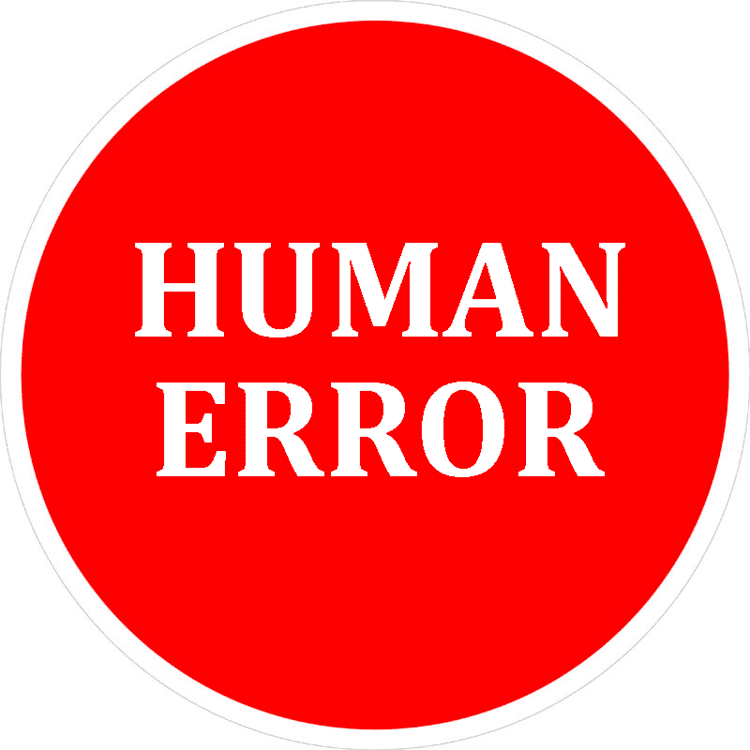 | ||
Human error billions made as millions die feat dickie allen single 2017 sw exclusive
Human error has been cited as a primary cause or contributing factor in disasters and accidents in industries as diverse as nuclear power (e.g., the Three Mile Island accident), aviation (see pilot error), space exploration (e.g., the Space Shuttle Challenger Disaster and Space Shuttle Columbia disaster), and medicine (see medical error). Prevention of human error is generally seen as a major contributor to reliability and safety of (complex) systems.
Contents
- Human error billions made as millions die feat dickie allen single 2017 sw exclusive
- Human error synthetic euphoria single 2016 sw exclusive
- Definition
- Performance
- Categories
- Controversies
- References

Human error synthetic euphoria single 2016 sw exclusive
Definition

Human error means that something has been done that was "not intended by the actor; not desired by a set of rules or an external observer; or that led the task or system outside its acceptable limits". In short, it is a deviation from intention, expectation or desirability. Logically, human actions can fail to achieve their goal in two different ways: the actions can go as planned, but the plan can be inadequate (leading to mistakes); or, the plan can be satisfactory, but the performance can be deficient (leading to slips and lapses). However, a mere failure is not an error if there had been no plan to accomplish something in particular.
Performance

Human error and performance are two sides of the same coin: "human error" mechanisms are the same as "human performance" mechanisms; performance later categorized as 'error' is done so in hindsight: therefore actions later termed "human error" are actually part of the ordinary spectrum of human behaviour. The study of absent-mindedness in everyday life provides ample documentation and categorization of such aspects of behavior. While human error is firmly entrenched in the classical approaches to accident investigation and risk assessment, it has no role in newer approaches such as resilience engineering.
Categories
There are many ways to categorize human error.

Controversies
Some researchers have argued that the dichotomy of human actions as "correct" or "incorrect" is a harmful oversimplification of a complex phenomena. A focus on the variability of human performance and how human operators (and organizations) can manage that variability may be a more fruitful approach. Newer approaches such as resilience engineering mentioned above, highlight the positive roles that humans can play in complex systems. In resilience engineering, successes (things that go right) and failures (things that go wrong) are seen as having the same basis, namely human performance variability. A specific account of that is the efficiency–thoroughness trade-off principle (ETTO principle), which can be found on all levels of human activity, in individual as well as collective.
